The “Chauncey Boys” Historical Marker
Introduction
Text-to-speech Audio
Dedicated in 2022, this marker recognizes three local men who traveled to West Virginia to join the Union Army. Two of those Civil War veterans were interned in Chauncey’s Nye Cemetery while the third was buried in Mount Calvary Cemetery in Athens, Ohio.
Images
Chauncey's favorite son, Hubie Bobo
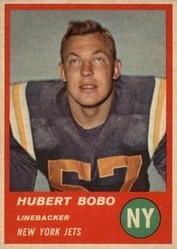
Looking down High Street in Chauncey, 1900
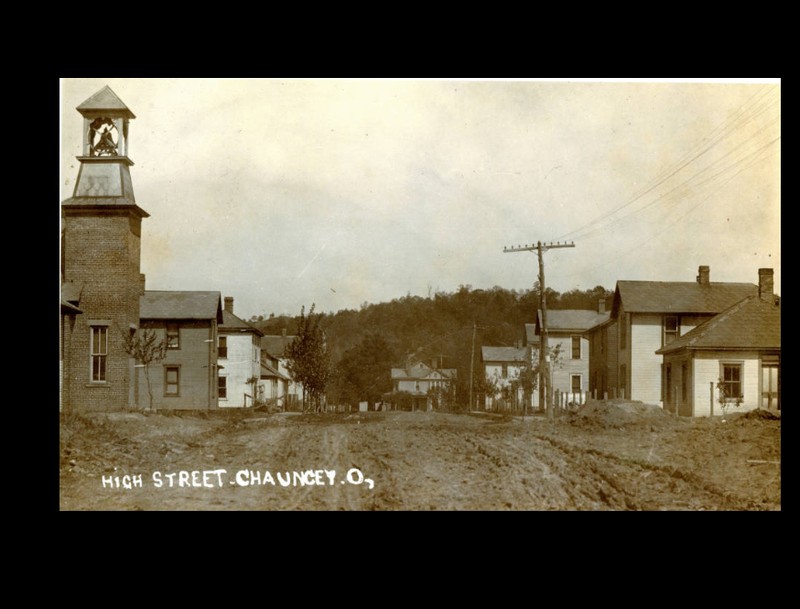
Chauncey Flooded in the Great Flood of 1913
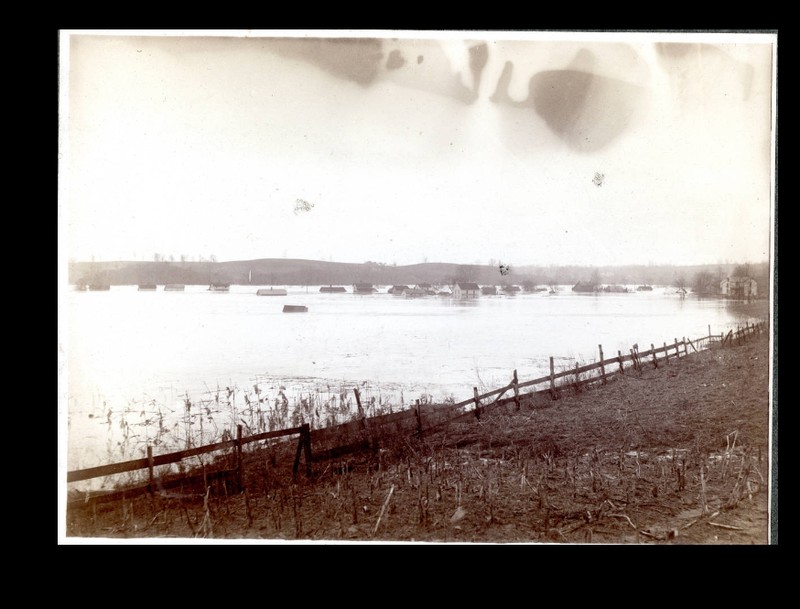
Chauncey Mine No. 255 where Chauncey Shootout took place in July, 1932
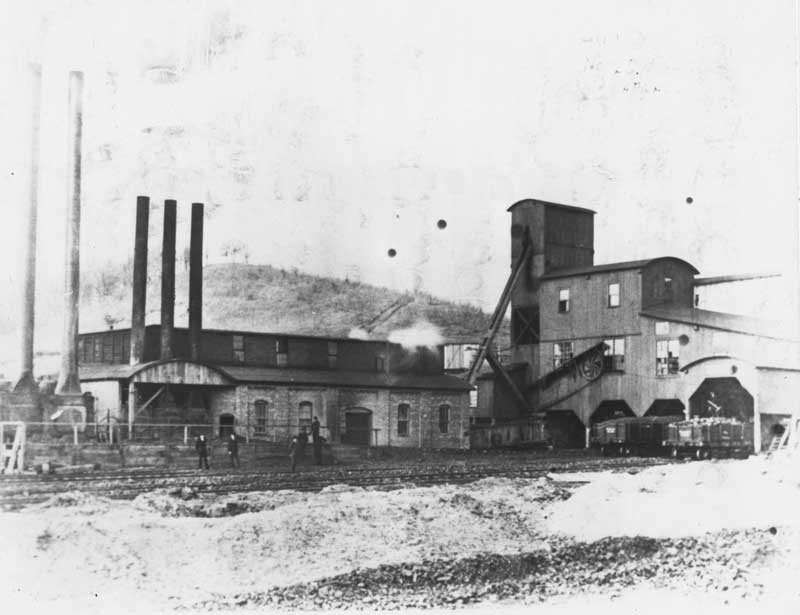
Bailey's Run Mine No. 255
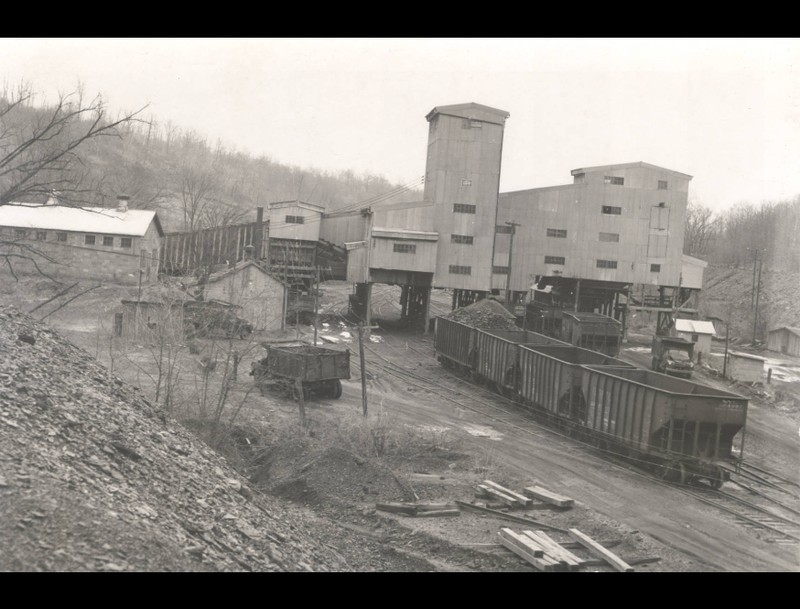
This marker was dedicated in 2022
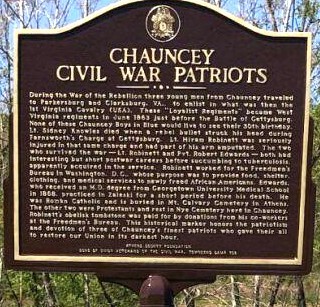
Backstory and Context
Text-to-speech Audio
Chauncey is an older town in the Little Cities of Black Diamonds microregion and was laid out in 1839, by mining businessman Elihu Chauncey. Chauncey originally drew people to settle in the small village due to the well-established salt works. Originally Chauncey was considered the “business center of the Midwest.” Interestingly, the pronunciation of Chauncey is used as a way to determine if you are an insider or outsider to the region. This was important due to the tension that existed between the coal miners and the coal companies. If one were a miner and an insider to the town, they would pronounce the name: “Chan-cee” as the U is silent. Chauncey was home to the Chauncey War of 1932 between armed miners and the Ohio National Guard. One of the greatest running backs in Ohio High School Athletic Association history was Hubie Bobo. Bobo was a native of Chauncey, and the road leading to the Chauncey elementary school bears his name.
Like many communities, Chauncey found itself engulfed in heated tensions between strikebreakers and striking miners. 7 years after the Hocking Valley Coal boom had come to an end in 1925, miners were struggling to eek out an economic livelihood. In July of 1932, Chauncey miners were striking as a result of a 25% pay decrease. In 1932 Gov. White created a Ten Point Plan to help end the Coal Strike of 1932 in a peaceful manner as a result of a 25% pay cut for miners. The New York Coal Company defied their pledge to Gov. White abiding by the Ten Point Plan and on July 11th brought in a trainload of strikebreakers (“scabs”) to work in #25 Mine. A mob of around 300 striking miners gathered to try and stop their advance to mine #25 but were unsuccessful in their attempt. As a result of this action, early on the morning of July 12th, the railroad crossing through the village of Chauncey was blown up by the striking miners in retaliation. The blowing up of the railroad was used as a larger signal, to notify miners perched atop the hillside and cemetery above Mine #25 to open fire on the National Guard members that were stationed to help protect the site. A 90-minute gun battle occurred, as the National Guard had the upper-hand returning fire with automatic guns. The gunfire ended when an armored National Guard vehicle arrived from near-by Nelsonville. As a result of the battle, one gunman, an 18-year-old high school boy, named Parker, was killed while several others were wounded. The National Guard suffered no casualties.
Like other communities situated in the Sunday Creek Valley, Chauncey is prone to flooding. However, no flood was worse than the Flood of 1913. The Flood of 1913 was Ohio's greatest natural disaster and killed 428 people.
Chauncey was founded as a village for the mineral resources that could be extracted, but like many LCBD communities, Chauncey is looking to the natural resources and abundance of outdoor recreation that lie within the surrounding hills to ensure the village is positioned for future boom times. Through a local collaborative ffort, Chuancey will be at the center of the largest mountain bike trail system in the eastern United States. IT will feature 88-miles of beginner, intermediate, and advanced trails for recreation goers. Currently, around 17 miles have been completed.
Perhaps, Chauncey’s most beloved native son is Hubie Bobo. Bobo was a star running back for Chauncey High from 1949-1952. Bobo ranks among the Ohio gridiron greats. Bobo holds the career OHSAA football TD record with 123 total including 118 rushing TDs. He is the career leader in points scored in OHSAA football history with 890, 129 more than the next closest player. He holds the single-season TD record in OHSAA history with 52. Bobo in #2 in points scored in a single season in OHSAA history at 323 in 1952. Bobo would help block for Hopalong Cassidy, as Cassidy won the Heisman Trophy in 1954 and would help Ohio State to the 1954 National Championship. Bobo carried the ball 63 times for 382 yards (6.1 ypc) and ran for 3 TDs during the 1954 National Championship season. Bobo was drafted by the Eagles in 1957 and played professionally for the Chargers and New York Titans during the seasons of 1960 and 1961-1962. Knee injuries would ultimately cut his career short.
Cite This Entry
Joy, Grant and Clio Admin. " The “Chauncey Boys” Historical Marker." Clio: Your Guide to History. June 8, 2023. Accessed April 11, 2025. https://theclio.com/entry/112107
Sources
DeWitt, David . War breaks out in Uptown Athens, Athens News . December 11th 2011. Accessed August 10th 2020. https://www.athensnews.com/culture/special_sections/war-breaks-out-in-uptown-athens/article_f6b5967d-ccc1-5088-aad9-1bde66a828cf.html.
O'Brien, Larry D.. The Ohio National Guard in the Coal Strike of 1932. Ohio History Journal 128 - 144. Ohio History Connection.
Ohio High School Football Records , OHSAA.org. Accessed August 10th 2020. https://www.ohsaa.org/sports/records/ftscoring.htm#RTDG.
LCBD Archive
LCBD Archive
LCBD Archive
LCBD Archive
LCBD Archive

